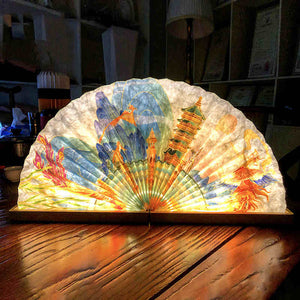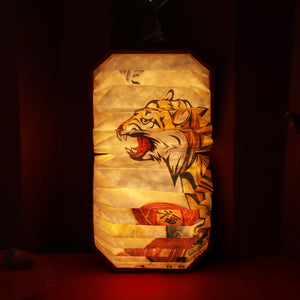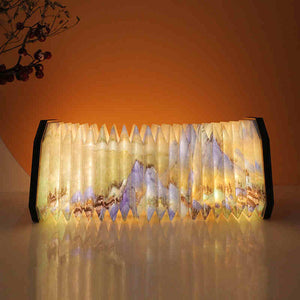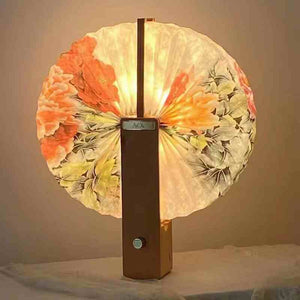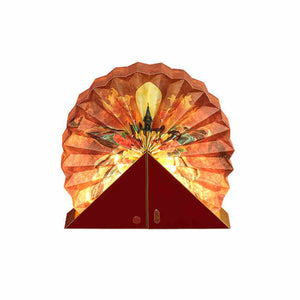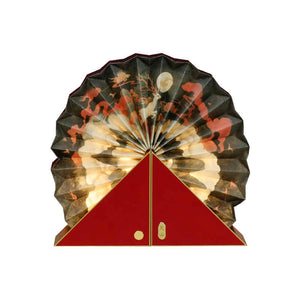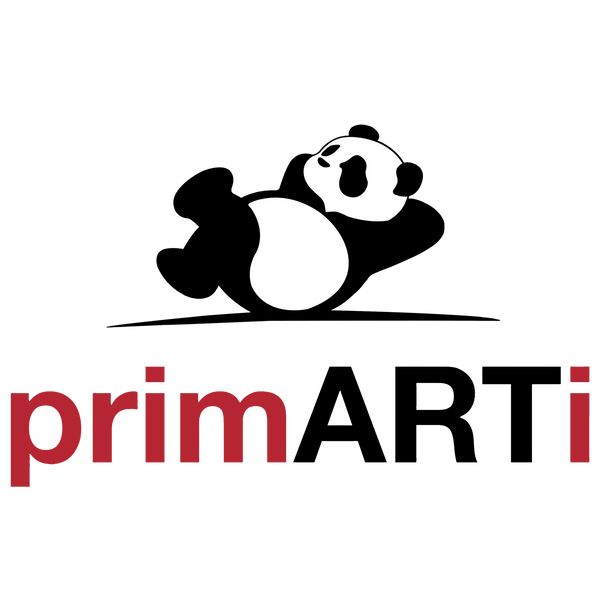Introduction
The Mid-Autumn Festival, also known as the Moon Festival, is one of the most significant traditional festivals in China. Celebrated on the fifteenth day of the eighth lunar month, this festival is a time of family reunions, moon gazing, and cultural reflection. The Mid-Autumn Festival is deeply rooted in Chinese culture and has been celebrated for over 3,000 years. It is a time when families come together to express gratitude for the harvest and to share moments of joy and togetherness.
The Origins and Legends of the Mid-Autumn Festival
The origins of the Mid-Autumn Festival can be traced back to ancient China, where the moon was revered as a symbol of harmony and unity. The festival is closely associated with the legend of Chang'e, the Moon Goddess, and her husband Hou Yi, the archer. According to the legend, Hou Yi shot down nine of the ten suns that were scorching the earth, saving humanity from drought and disaster. As a reward, he was given an elixir of immortality. However, Chang'e drank the elixir and ascended to the moon, where she became the Moon Goddess. The Mid-Autumn Festival is a time to honor Chang'e and to celebrate the moon's beauty and significance.
Key Customs and Traditions
-
Mooncakes
Mooncakes are the most iconic symbol of the Mid-Autumn Festival. These traditional pastries are filled with sweet or savory fillings, such as lotus seed paste, red bean paste, or salted egg yolk. Mooncakes are often given as gifts to family and friends, symbolizing unity and completeness. The round shape of the mooncake represents the full moon and the reunion of families.
-
Moon Gazing
Gazing at the full moon is a central activity of the Mid-Autumn Festival. Families gather in open areas or on balconies to admire the beauty of the full moon. The moon is believed to be at its brightest and fullest on this night, symbolizing harmony and prosperity. Many people also recite poems and share stories about the moon and its legends.
-
Lanterns
Lanterns play an important role in the Mid-Autumn Festival. Traditional paper lanterns in various shapes and sizes are hung in homes and public spaces, creating a festive atmosphere. Children often carry lanterns and participate in lantern parades, adding to the joy and excitement of the festival. The lanterns symbolize light and hope, guiding people through the night.
-
Family Reunions
The Mid-Autumn Festival is a time for family reunions. No matter where they live, people travel long distances to be with their loved ones. Families gather for a special dinner, often featuring dishes like roasted duck, crab, and seasonal fruits. The festival is a time to strengthen family bonds and to share moments of joy and gratitude.

Modern Celebrations
In modern times, the Mid-Autumn Festival has evolved to include new elements while preserving its traditional roots. Many families still follow the traditional customs of eating mooncakes, gazing at the moon, and lighting lanterns. However, the festival has also become a time for cultural exchange and community activities. In major cities, there are often large-scale lantern festivals, mooncake-making workshops, and cultural performances that attract both locals and tourists. Additionally, with the rise of technology, people now send digital greetings and share photos of their celebrations on social media platforms.


Conclusion
The Mid-Autumn Festival is more than just a holiday; it is a celebration of family, tradition, and cultural heritage. It is a time when people come together to honor the past, celebrate the present, and look forward to the future. As the festival continues to evolve, it remains a vital and cherished part of Chinese culture, inspiring people around the world with its beauty, warmth, and depth.






